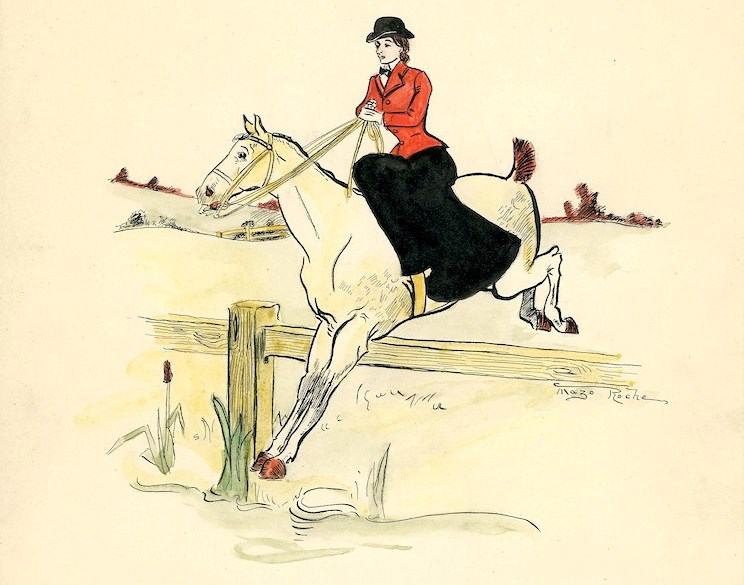Submitted by the staff of the Orillia Museum of Art & History (OMAH)
When it comes to Canadian literary icons, Orillia is synonymous with Stephen Leacock, his summer home on Brewery Bay and his most well-known novel, Sunshine Sketches of a Little Town. However, there is another Canadian writer who achieved widespread literary fame and had an Orillia connection. That writer is Mazo de la Roche.
Born in Newmarket, Ontario, on Jan. 15, 1871, Mazo “Maisie” Louise Roche was the only child of Alberta Louise Lundy and William R. Roche. The family moved frequently due to her mother’s chronic health issues and her father’s job as a travelling salesman.
While she spent much of her life in the Toronto area, Mazo de la Roche — as she was known later in life to reflect her French ancestry — spent four years of her childhood in Orillia. This connection, however, was not discovered until more than 40 years after her death.
That’s when Barrie writer Heather Kirk, who had extensively researched de la Roche’s life, released her 2006 biography Mazo de la Roche: Rich and Famous Writer. Kirk was the first de la Roche biographer to document the author’s Orillia connection through her research at the Simcoe County Archives, the Orillia Museum of Art & History (OMAH) and the Orillia Public Library.
Despite de la Roche’s decision to remain mum on her Orillia ties, the burgeoning city must have left an impact on her. de la Roche’s maternal grandparents, Daniel and Louise Lundy, had lived in Orillia for four years from 1888 to 1894.
Daniel was able to secure the general superintendent position of a new factory being built in the area — The Longford Manufacturing Co. — the Thompson brothers’ wooden ware factory. The business, which manufactured pails, wooden ware and barrels, was known locally as the Pail Factory. It was located near the waterfront on Front Street at the bottom of Coldwater Road.
It was in 1888 that Alberta Lundy Roche and her daughter first moved up to Orillia, staying with the Lundys, who lived at 40 Coldwater Road.
In her autobiography, de la Roche stated she attended a “small private day school kept by a gentle and charming Irish woman,” who was believed to be Miss Lafferty. Not only did young Mazo have the Lundy connection in Orillia, she also had a connection with the Clements.
When reflecting on de la Roche’s life, her close relationship to Caroline Clement, her first cousin (once removed), must be noted. Caroline grew up with Mazo and spent much time with her cousin Caroline, while in Orillia. During the summers, their families made one-day excursions by ferry from Orillia to Strawberry Island in Lake Simcoe.
During the rest of the year, Mazo and Caroline attended the little private school run by a Miss Cecile Lafferty, later Mrs. Gertrude Dryer, wife of Orillia’s chief of police. During this time, Mazo started to develop an interest in acting and writing based on her joy of imagining. Together with Caroline, she would write and act out plays for their family and started a newspaper, each copy written out and sold to family members for two cents a copy. It was the beginning of Mazo’s writing career with Caroline close by her side.
De la Roche was one of the most prolific writers of her day, penning 23 novels, more than 50 short stories and 13 plays from the 1920s to the 1950s. Her most popular creations were the Jalna series of novels, which sold about 10 million copies in 193 English-language editions and 92 foreign-language editions.
The only other female writer of Mazo’s time, living in Canada, who enjoyed comparable success was Lucy Maud Montgomery, author of the Anne of Green Gables series. The only male writer in Canada of comparable stature was Leacock himself. She was inducted into Orillia’s Hall of Fame in 1966.
Next week we will feature another object from the OMAH collection that showcases our local history.
